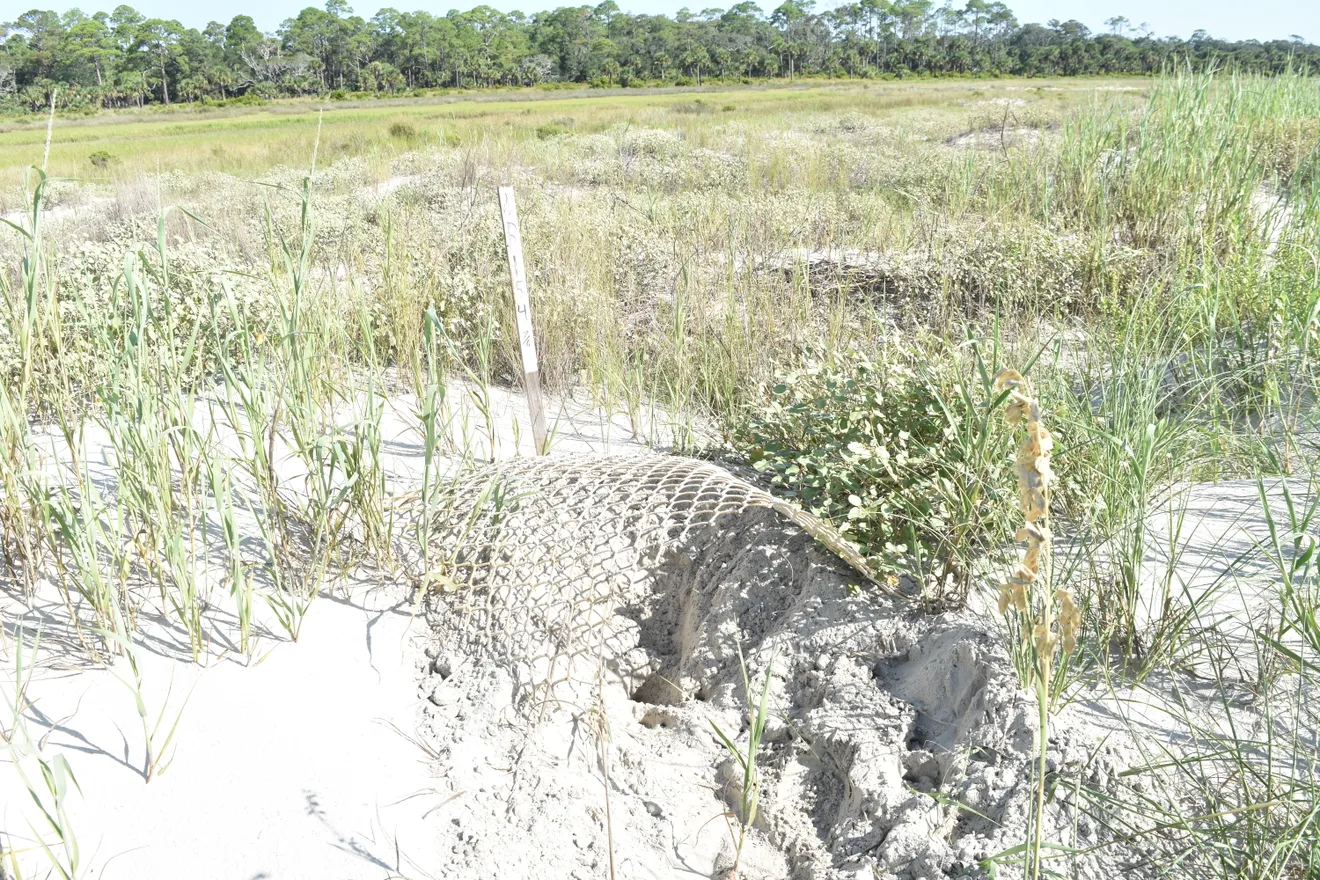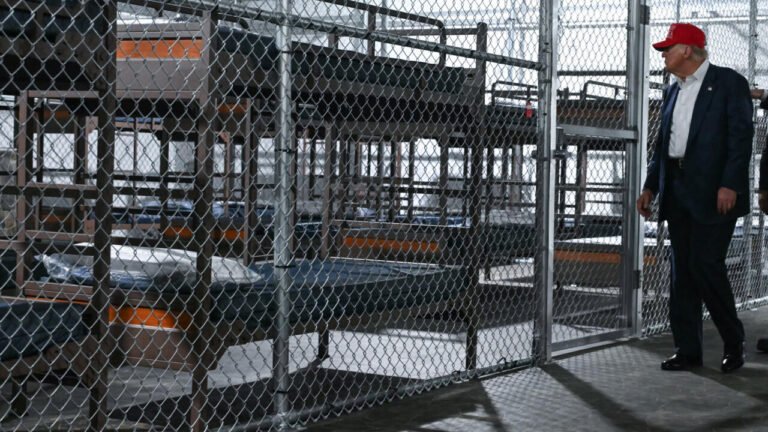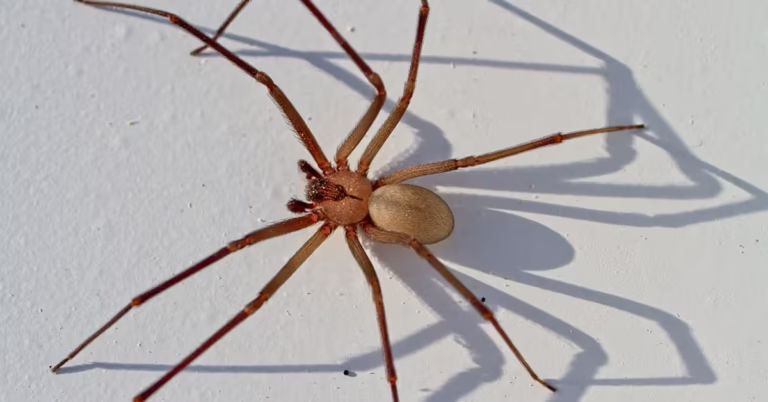Beach Erosion, Flooding, and Feral Hogs Threaten Sea Turtle Hatchings on Georgia’s Coast
OSSABAW ISLAND, Ga. — Severe flooding, beach erosion, and animal predation are combining to devastate sea turtle nests on Georgia’s northern barrier islands, leading conservationists to warn that this could be one of the worst hatching seasons in decades.
According to the Georgia Department of Natural Resources, recent rains and unusually high tides have drowned many nests on Ossabaw, Wassaw, and Tybee Islands, while predators such as feral hogs and coyotes have feasted on exposed eggs.
Flooding Blocks Conservation Efforts
Technicians monitoring nests said flooded trails made reaching the beaches nearly impossible. Conservation crews reported being unable to access critical sites for up to two weeks, during what they described as a “critical time” for protecting hatchlings.
“When I got back out there, nearly 10 nests with more than 100 eggs each were destroyed by hogs, and one by a coyote,” said Mark Dodd, the state’s sea turtle coordinator. “This year is the perfect storm of a lot of nests being flooded and not being able to access the beach to control predators.”
On Wassaw Island, similar conditions forced the Caretta Research Project to call off volunteer groups who normally help guard nests late in the season. Director Kris Williams Carroll called 2025 “the worst year for flooding ever,” estimating that more than 80% of nests have been lost to tidal surges and rising groundwater.
Tybee Island’s Nests Washed Away
North of Ossabaw and Wassaw, Tybee Island faced its own setback when the last five remaining nests were inundated by storm surge. Sarah Alley of the Tybee Island Marine Science Center explained that even relocated nests were destroyed because erosion created steep sand shelves too high for hatchlings to cross.
“With only 19 nests total this year, losing five at once is a real blow,” Alley said.
Long-Term Survival Outlook
Sea turtles are evolutionarily adapted to withstand occasional poor hatching years. Each female can lay about 120 eggs per nest and produce several nests every two to three years over decades. However, conservationists worry about back-to-back seasons of extreme weather.
“We’ve struggled more in the last two years than in the last 25,” Dodd said, noting that last year’s Hurricane Debby had already reduced hatchling survival rates.
The good news, experts say, is that southern Georgia’s nesting sites remain stable, and Ossabaw, Wassaw, and Tybee account for only about 30% of the state’s total nests. With nearly 2,000 nests recorded statewide, there is still hope for broader population resilience.
The Uncertain Future of Georgia’s Beaches
Despite the setbacks, officials say they are not yet planning drastic changes to nesting management. “Until we start getting three to five years of seasons like this, then we might have to reconsider beach management,” Dodd said.
Still, erosion, flooding, and predator activity are leaving their mark on Georgia’s northern islands, raising questions about how much longer the turtles — and the people protecting them — can withstand the pressure.
Do you think Georgia should invest more in protecting barrier islands and sea turtle habitats from flooding and predators? Share your thoughts at SaludaStandard-Sentinel.com.







